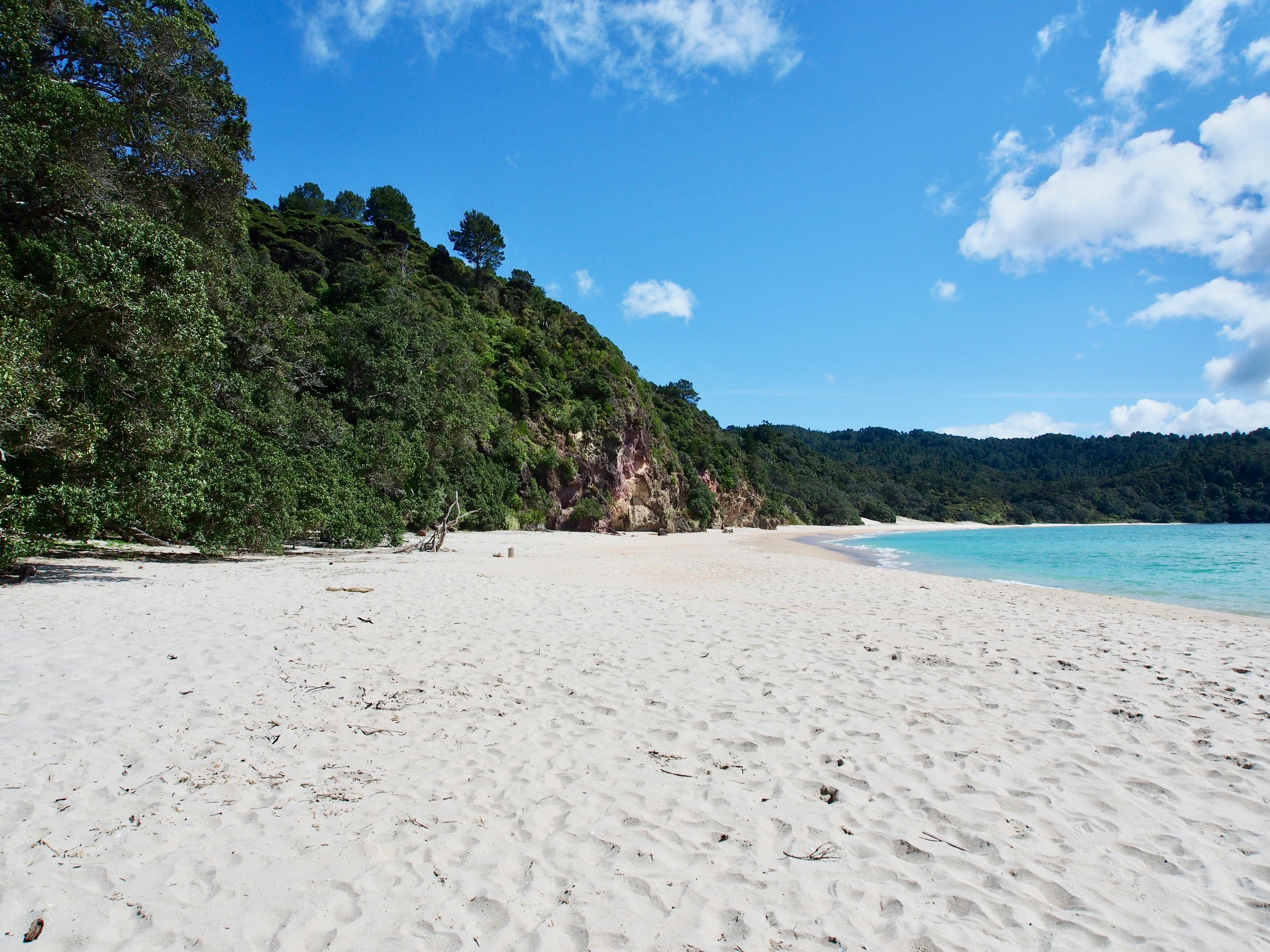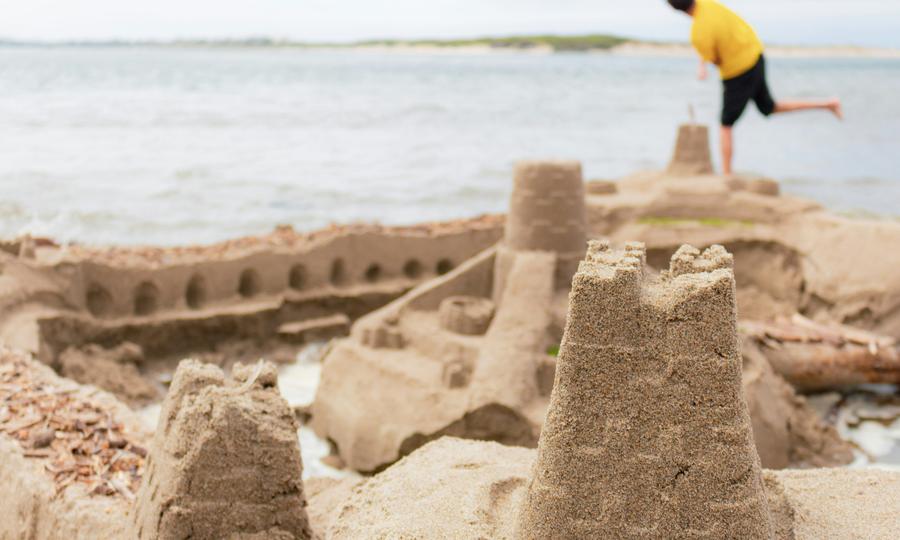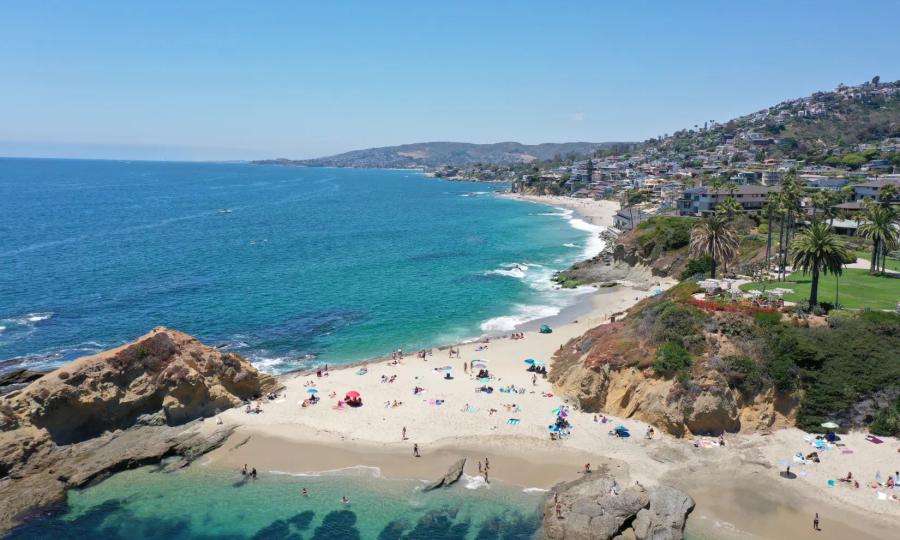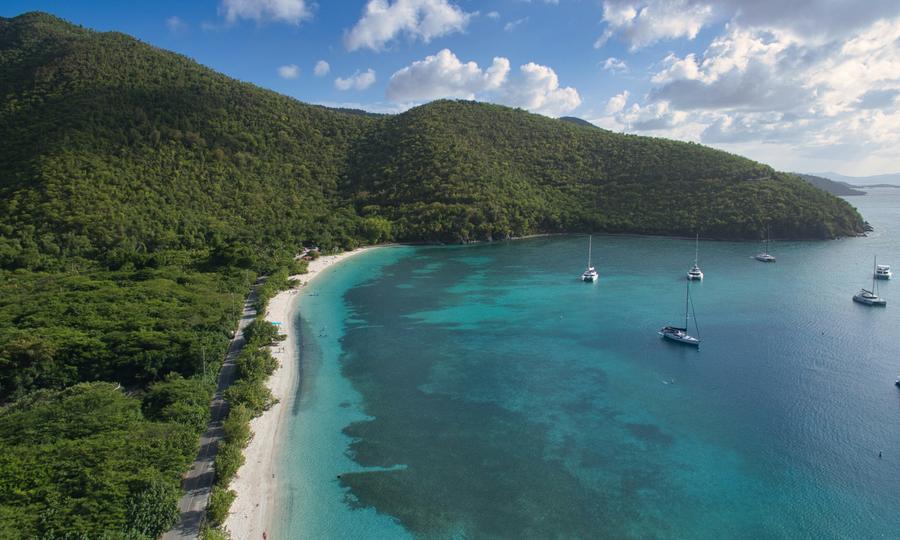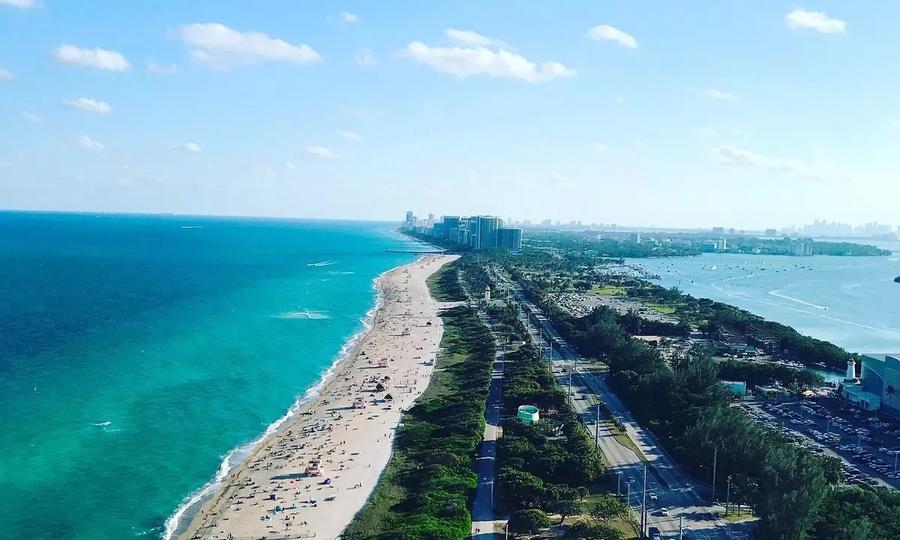The Hanford Reach National Monument, located in Washington state, is a unique natural and historical treasure. Established in 2000, it is one of the most important wildlife refuges in the region, covering about 195,000 acres. The monument is named after the Hanford Reach, the last non-tidal, free-flowing section of the Columbia River in the United States. This area has remained untouched since 1943, serving as a buffer zone for the Hanford Nuclear Reservation, which allowed wildlife to flourish in its shadow. The monument is managed by the U.S. Fish and Wildlife Service and is renowned for its diverse ecosystems, including shrub-steppe habitats and riverine environments, supporting a wide range of plants and animals.
The Hanford Reach is particularly famous for its salmon spawning grounds and is home to over 40 mammal species and numerous bird species. The area also holds significant cultural and historical importance, with archaeological sites dating back thousands of years.
Visitors can enjoy the scenic beauty of the White Bluffs and the diverse wildlife, making it a fascinating destination for nature lovers and historians alike.







